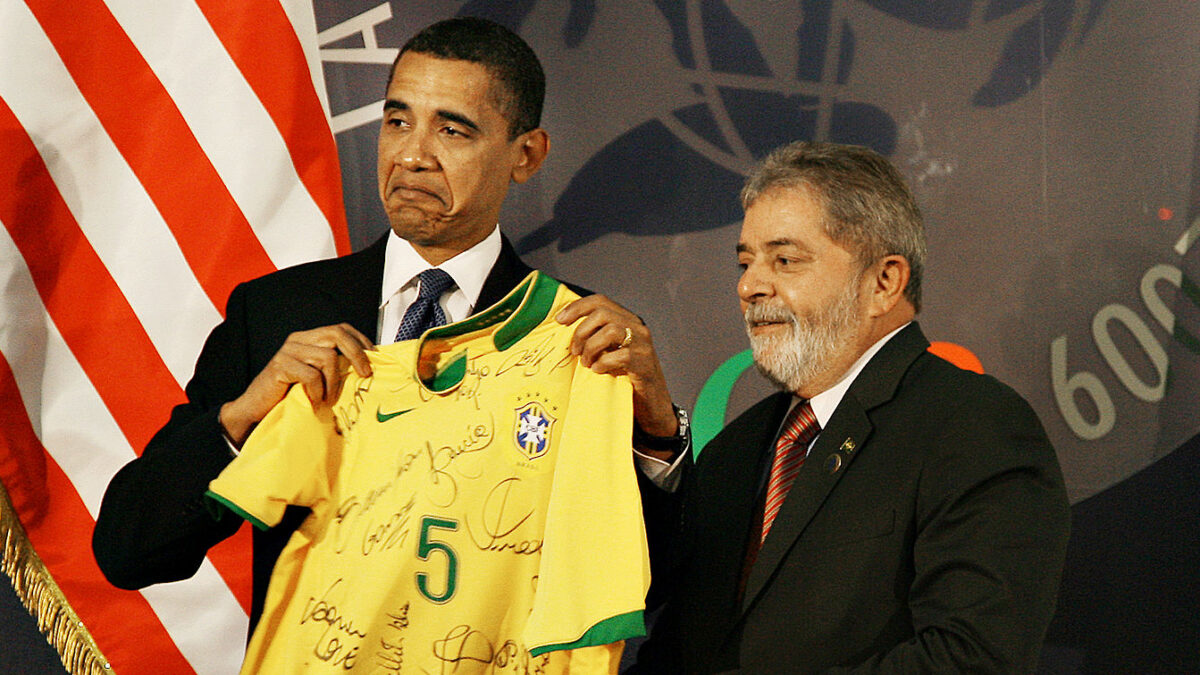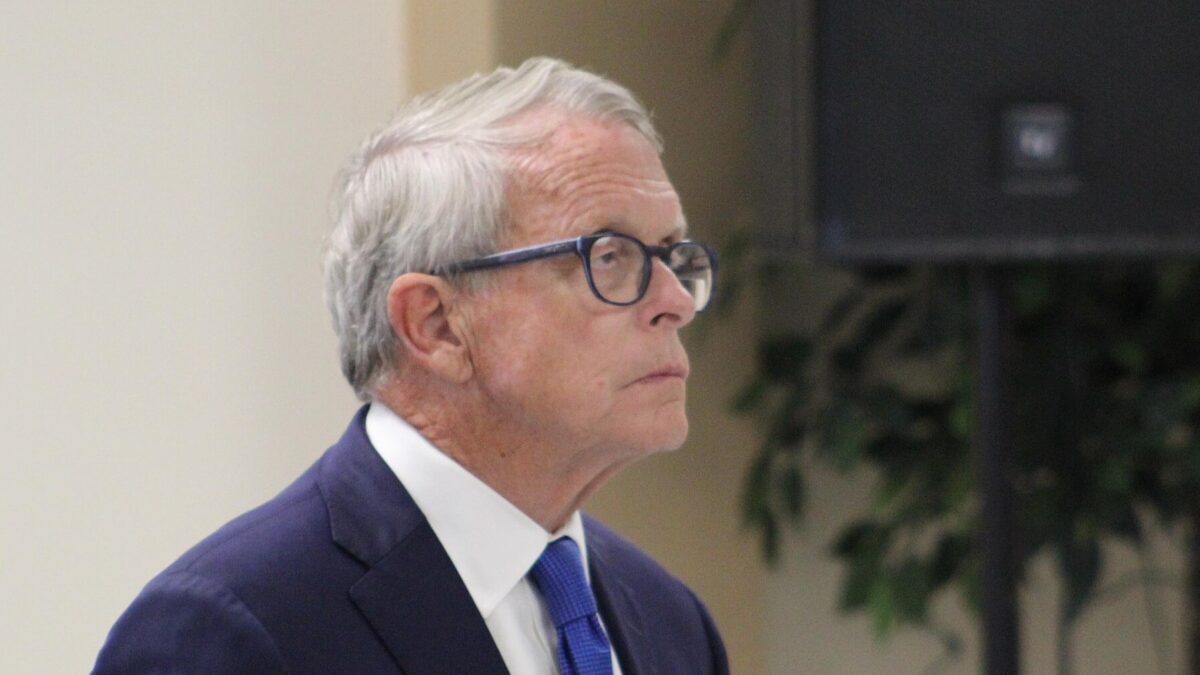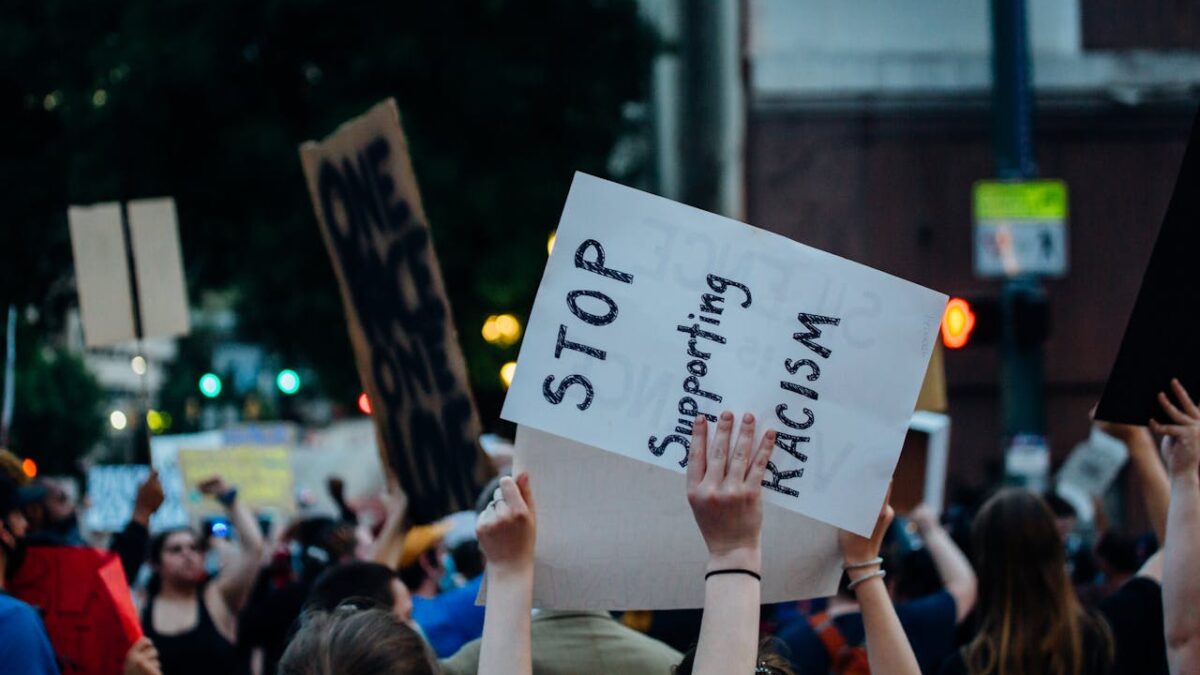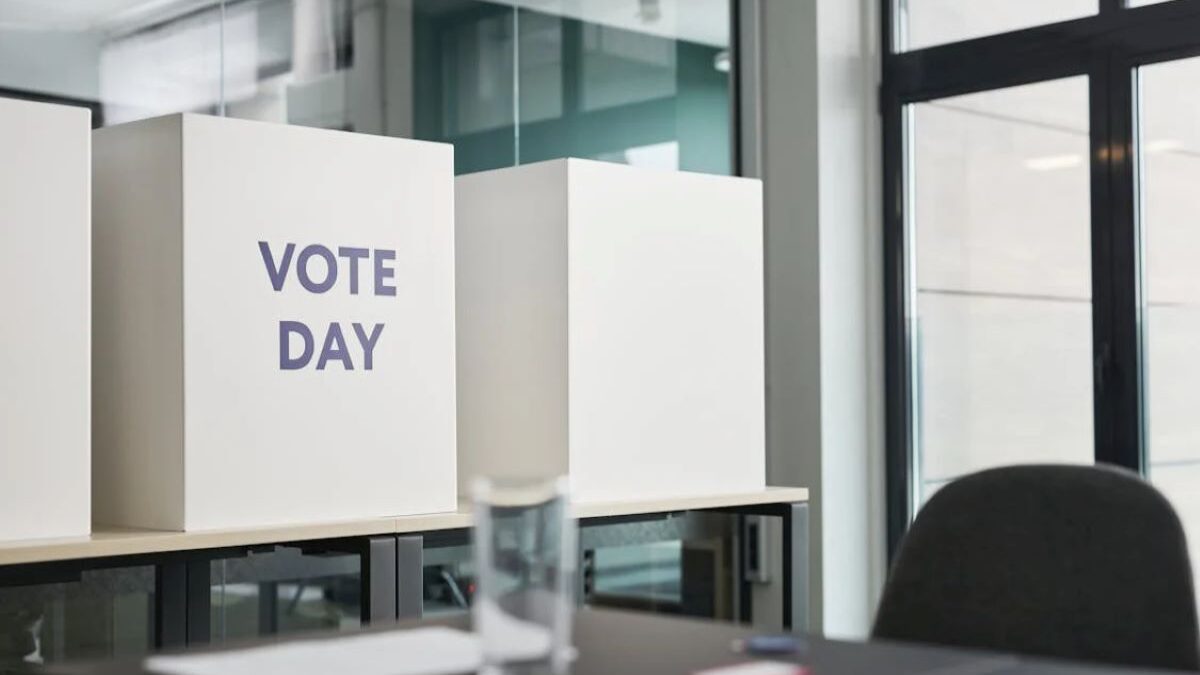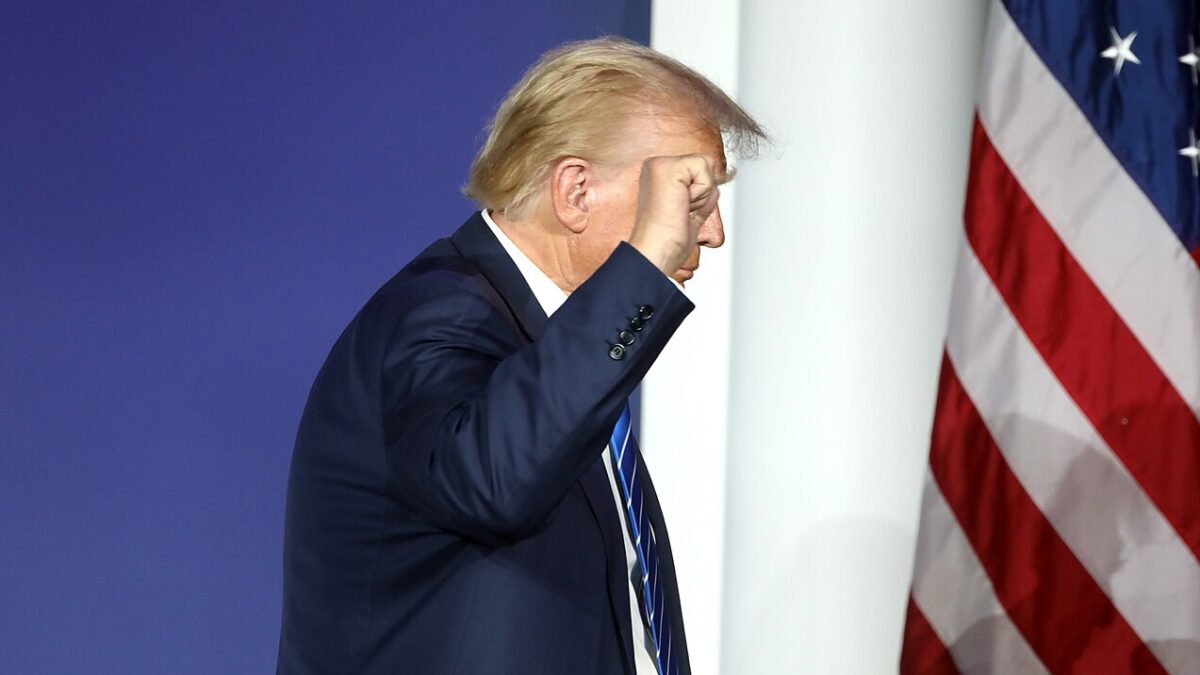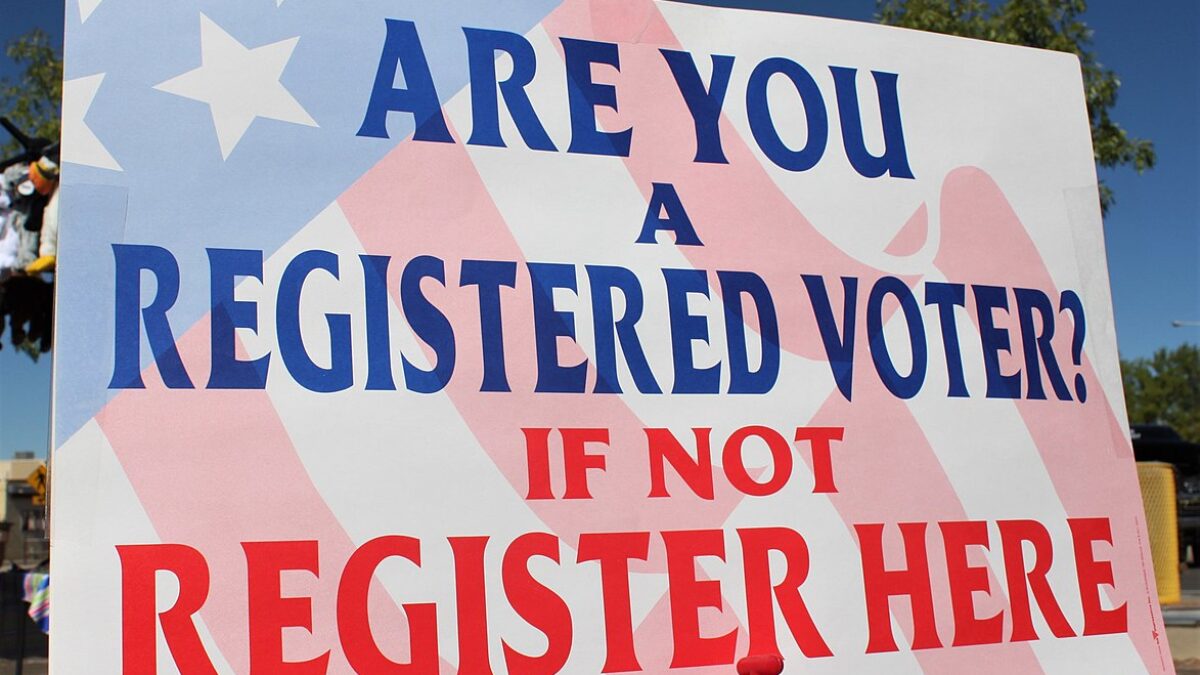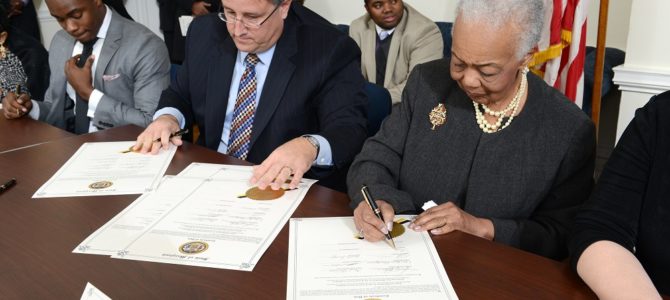
The elite media are clearly taking great delight in declaring who America’s next president is. The Atlantic informs us that not only did Joe Biden win, but “America won.” Why? Because Biden won!

Never mind that about half the country feels exactly otherwise. That has been much of the legacy media’s problem all along. They are not shy about telling all of us what’s supposedly good for every last one of us, no questions or dissent allowed.
We must ask a basic and essential civics question: “Who officially declares who our next president is?”
Do the networks determine this? Our nation’s leading newspapers? The New York Times boldly claimed this very thing last Tuesday evening in a now-deleted tweet.

Or is it determined by candidates’ blustery assertions? According to long and well-established American law, when and how will we really know when and who the actual, legal president of the United States is?
The Constitution Calls the Election
The answer has been established since our country was. Even though this seems to be an unprecedented presidential election, the constitutional process for how we elect our executive leader remains the same and is clearly explained here by the National Archive and in this simple infographic from the U.S. government.
We are, and remain, a nation of careful, deliberative order and law. The media appears nowhere in any of these explanations, because they have no official role in that decision. They can’t really call the election because, as we will see, the election is still very much in process.
It is ironic that Joe Biden and the Democrats were very vocal about how the president could not nominate and the Senate confirm a new justice to the Supreme Court because “we in the process of an election.” Except we weren’t. The election process started on Election Day. And it continues from that starting point.
In reality, our process for electing a president is not one event, but two. Even though the media has already called the election, we are actually still in the process of completing just the first part: casting and certifying the legal votes of the American people.
The votes have been cast. They happened last Tuesday and in the weeks prior. Some are seriously concerned, as it has been alleged in court, that voting continued in some precincts after Tuesday. Part B of that process is currently happening. This is the process of these votes being counted and legally certified by state officials. Sorting out the hanging chads and all that.
The second half of this process is completed by the constitutionally established Electoral College, which meets in December. Then, electors cast their ballots for president and vice president, based on our individual votes. This year, their meeting and voting date is December 14, 2020.
A president will not and cannot be officially determined before that date by anyone other than the 538 electors of the Electoral College. This process was established by Article II, Section 1, Clause 2 of the U.S. Constitution and modified by the 12th and 23rd Amendments.
Why an Electoral College?
Our nation’s founders determined that we would ultimately elect our president every four years through the Electoral College, rather than by straight popular vote. They did this for extremely important reasons that have everything to do with maintaining a true and equal representational government.
Our wise founders appreciated that a minority plus one can easily control and dominate the other minority, which is no way to run a thriving representative democracy. That’s called tyranny.
So they developed the Electoral College to protect minorities. Remember that: the Electoral College exists for no other reason than to protect minorities from the tyranny of a minority plus one. Yes, the Electoral College makes the process more complicated, but that was our Founders’ precise intention. Our nation never would have made it to 2020 without it.
So after the citizens cast their individual presidential ballots, which happen the first Tuesday in November every fourth year, the second phase of our constitutional election takes place in mid-December, when the nation’s 538 Electoral College electors casts their ballots based on each state’s citizens’ votes.
It is these 270 votes by the electors, and only this vote, that officially determines the new president of the United States of America. This is explained nicely in this Prager U video.
So, the next president of the United States will be officially determined, according to our careful and deliberative constitutional routine, on December 14, 2020. From there, the process to inauguration proceeds as:
- Senate Deadline for Receipt of Ballots, 23, 2020: The electors’ ballots from each state and district must be received by the president of the U.S. Senate by this date.
- Congress Counts the Electoral Ballots, 6, 2021: The U.S. Congress meets in joint session to count and certify the electoral votes.
- Inauguration Day, January 20, 2021: The president-elect becomes the president of the United States.
What Happens When the Vote Is Too Close?
When the results of the popular vote are extremely close and contested, like they are this year and have been in many other election years in our nation’s great history, the Electoral College has a deadline for when those disputes must be determined and resolved. These disputes have sometimes been very bitter over the long decades of our nation. What is unique in this election year are the effects that COVID-19 lockdowns have had on how our votes are cast and recorded.
This year, that deadline for resolving all election disputes at the state level is December 8, 2020. Thus, there is no real problem or constitutional crisis with the final determination of vote count being made until that time. Our normal process allows for this. As the National Conference for State Legislators explains,
An election isn’t over when the polls close. It’s over when election administrators complete their postelection activities and the election results are certified. As with everything else related to elections, state law governs these postelection processes—and there are 51 models. (The states plus Washington, D.C.).
This is where the process currently sits, with the 50 states and the District of Columbia counting and certifying their votes. This curiously means that things are right on track, even if they seem otherwise.
Of course, lawyers get deeply involved in this certification process, doing their best to make sure the counts are fair and proper for their candidate. This is a critically important part of the process, as Jonathan Turley explains. It is how we are assured, to an even greater degree, that the process has been interrogated and the tires kicked by political parties. Again, it makes the process longer, but huge, deeply consequential decisions deserve extra caution.
The courts are the authority that oversee and decide the disputes brought by either campaign’s lawyers. These disputes can make their way all the way to the U.S. Supreme Court, as they have two times before. It is therefore fortunate that our nation now has a complete, rather than equally divided, Supreme Court with the official seating of Justice Amy Comey Barrett in late October.
Take this time to pray for the honesty and integrity of our civic leaders as all the legally cast votes are certified and trust in the wisdom of the process our Founding Fathers laid out for us.


